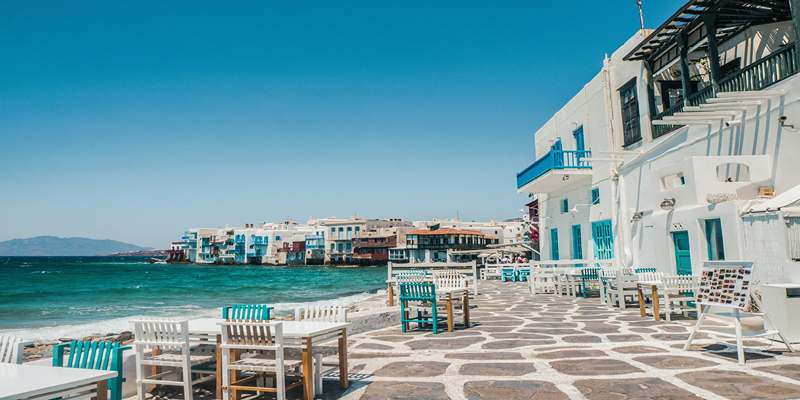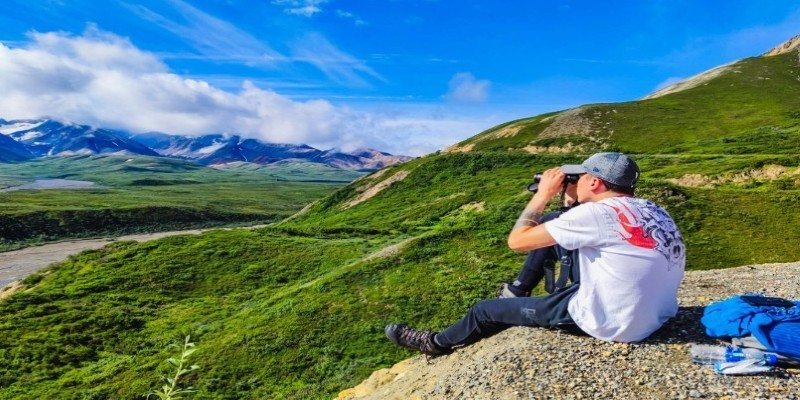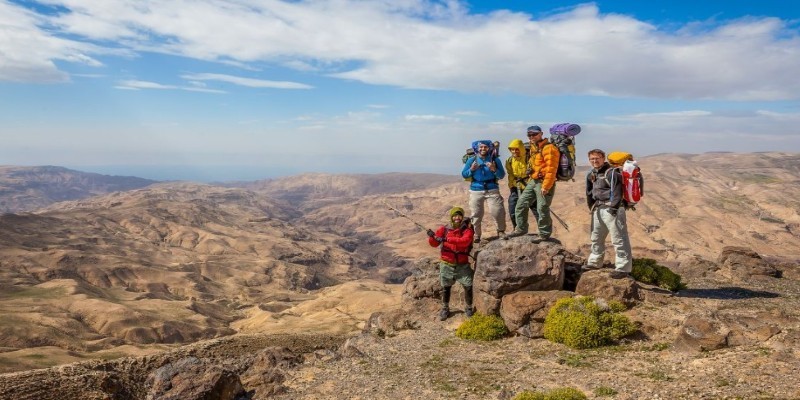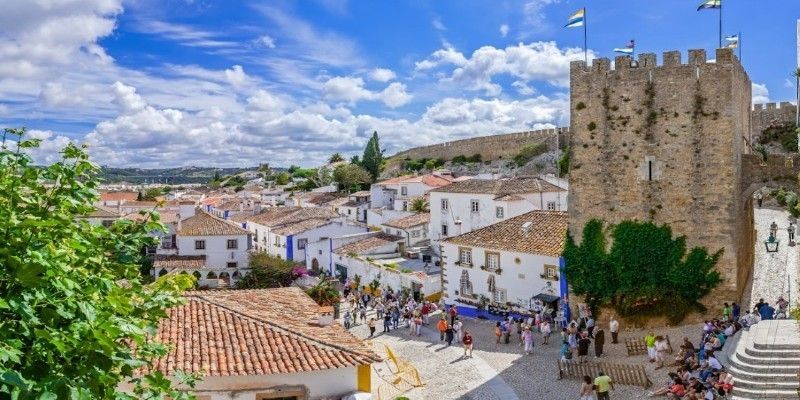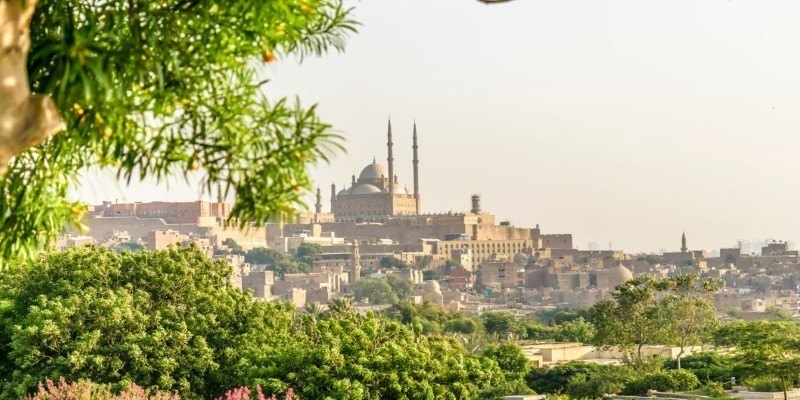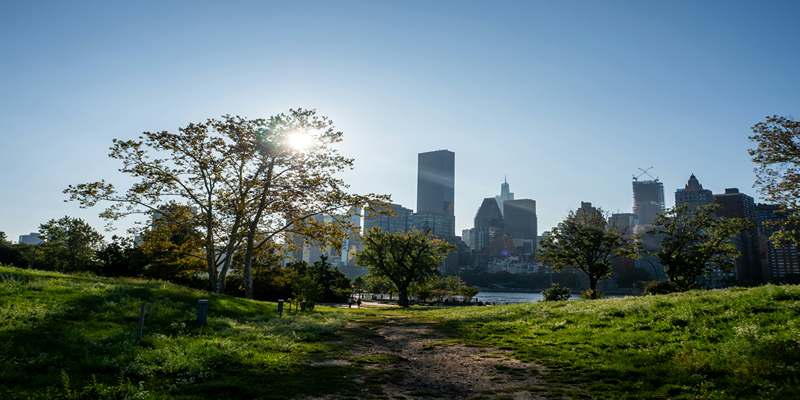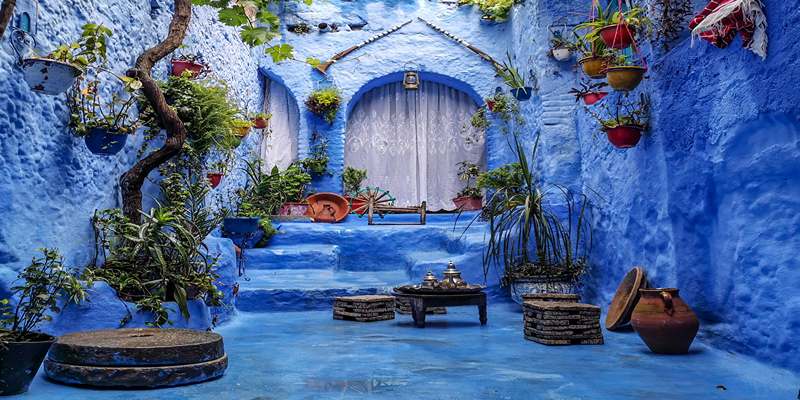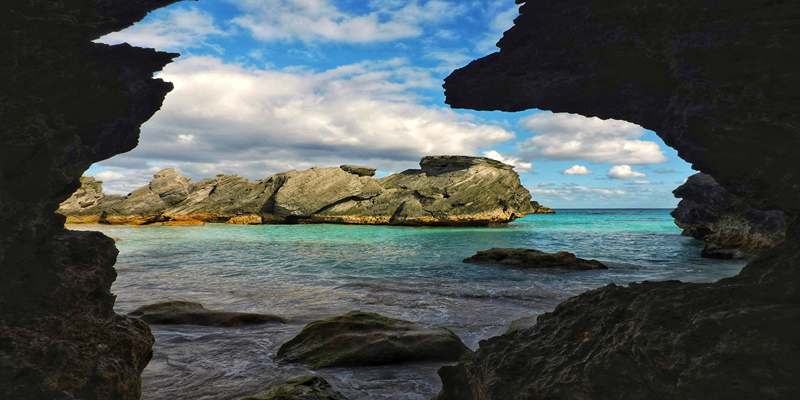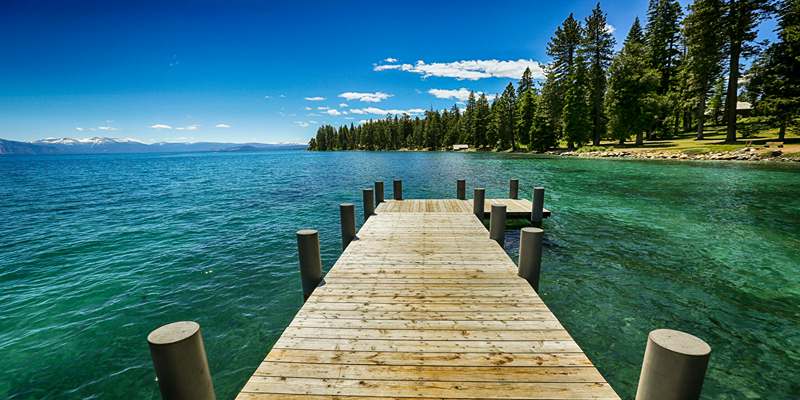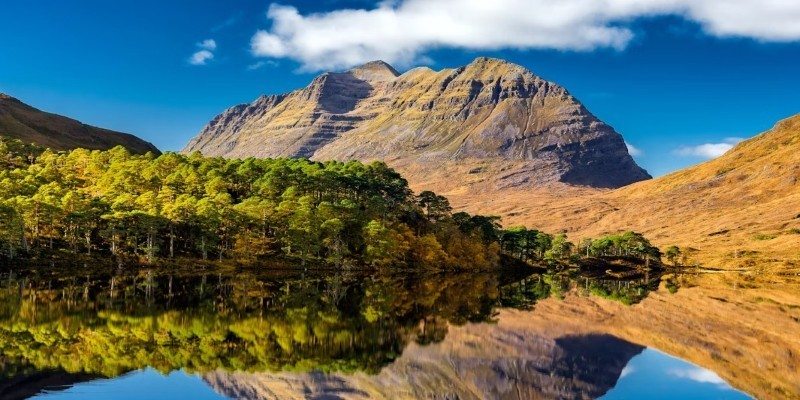Sidi Bou Said is one of those places that doesn’t feel entirely real when you first see it. Perched above the Mediterranean Sea with narrow cobbled lanes and whitewashed houses trimmed in blue, it looks like it was painted from memory, not built with stone.
A short train ride from Tunis, this hilltop village has a quiet magnetism that pulls in travelers without much effort. Its mood sits somewhere between sleepy and soulful. For a first-time visitor, there’s no checklist of musts—just slow walking, soft gazing, and letting the place wash over you.
The Charm of Blue and White
What strikes people first about Sidi Bou Said is its strict and beautiful color code. Every door, shutter, and window frame is painted a particular shade of blue. The buildings, all in white, glow under the sun. This was not an accident. A French musicologist named Rodolphe d’Erlanger is often credited with encouraging this design in the early 20th century. The result is a place that looks cohesive but never dull. The blue is soothing, not showy, and it gives the entire town a sort of gentle rhythm that makes you walk slower without meaning to.
This architectural harmony blends with the texture of the streets. Some stairways are uneven, others curve gently between homes. Cats lounge on ledges. Flowers burst out of old walls. You don’t need a map here. The best way to see Sidi Bou Said is to let yourself wander. At almost every turn, there’s a moment you might want to stop and stare. The village isn’t big, but it isn’t something you rush through either.
Art, Light, and Slow Afternoons
Sidi Bou Said has long drawn artists, writers, and thinkers. It's the kind of place where the light seems to have its personality. In the early morning, it's clear and calm. By afternoon, the sun warms the stones. Toward evening, the shadows soften, and colors stretch. This shifting light has made it a quiet haven for creativity. Tunisian painter Yahia Turki worked here. So did Paul Klee, and so have many others since.

Cafés in the village reflect that slow, observant spirit. The most famous is Café des Nattes. It’s not flashy, but it’s soaked in history. You sit cross-legged or at low tables, sipping mint tea often sweetened with pine nuts. The café sits at the top of a staircase and still feels like a gathering spot for quiet minds. You don’t have to say much here. You just look out the window or down at your glass.
Around the village, small galleries and workshops display local crafts, ceramics, and paintings. They aren't overrun or commercialized. Most shops feel like they've grown organically out of the town rather than being set up to catch tourists. Walking into one often feels like entering someone's studio. The objects for sale carry the patterns and colors of the place: simple blues, soft terracotta, and curving designs that echo the ironwork on the balconies above.
Where The Sea and Sky Meet
From almost any corner of Sidi Bou Said, you can catch a view of the sea. The coastline below isn’t wild or dramatic—it's more of a calm stretch of blue that sits just beneath the village. On clear days, the horizon feels close and distant at once. Some of the best views come from the back terraces of homes or the quiet corners of the main road that circles the town. There's also the marina, just downhill, where boats bob gently, and the water reflects whatever sky it finds above.
The link between the village and the sea runs deeper than the view. Sidi Bou Said has long been a lookout, a place to pause between inland journeys and the open water. That relationship is still felt in how the air smells and how the light shifts. There’s a subtle saltiness in the breeze. From the upper streets, you might catch the sound of a gull or the low murmur of a boat engine.
The sea gives the town a rhythm that can’t be planned. In summer, the afternoons get slow and golden. In spring, everything feels fresh and mild. Even in winter, the village doesn’t lose its charm. There’s something calming about the way it holds its shape across seasons, how it stays quiet even when visitors pass through.
Tunis Nearby, But Far Enough
Sidi Bou Said sits just 20 minutes outside of Tunis, but it feels much further. The capital is dense and layered, filled with markets, traffic, and history that never really rests. By contrast, Sidi Bou Said moves at half-speed. That contrast is what makes visiting both so appealing. You can start your day in the bustle of Tunis and end it with a quiet walk in Sidi Bou Said, watching the sky fade into dusk.

The connection to Tunis also adds a practical bonus. It's easy to reach Sidi Bou Said by the TGM commuter train. No car or guide is needed. The ride is short, and the walk into the village from the station takes just a few minutes. You don't need reservations or plans. This is a town made for arriving without a script.
Many first-timers find themselves staying longer than they planned. There are small guesthouses tucked into corners of the village and a few boutique hotels with views of the coast. They tend to keep the same mood as the town itself—nothing too loud or fancy. Mornings start with the sound of distant birds, and nights end early, with just the wind in the trees or a soft conversation on a patio.
Conclusion
Sidi Bou Said isn't a place you rush through. For first-time visitors to Tunisia, it offers a gentle break from the noise. Its charm lies in slow walks, sea views, and the hush of painted streets. There's no list to follow, just a quiet rhythm that pulls you in. A first-time guide to Sidi Bou Said, Tunisia, is simple—arrive with no plan and let the town show you its pace.

